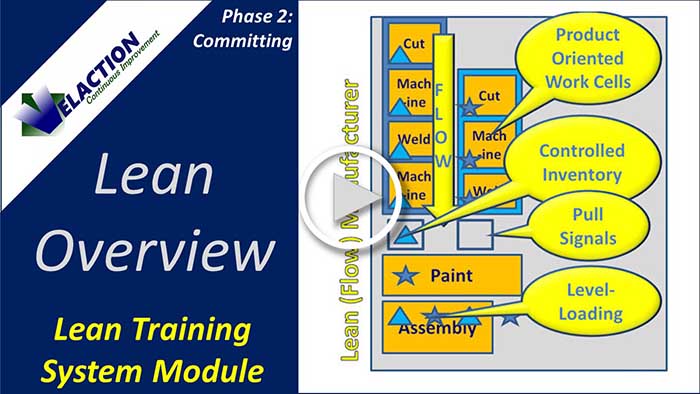Don’t Be a Servant to the Lean Tools
One of the great things about Lean is that it is chock full of tools. Unfortunately, this can also create a problem for some people.
Because there are so many great tools, they immediately reach for one of those tools before really thinking about the problem they are facing. In these cases, having so many quick and easy choices can be a barrier to improvement.
They are trying to fit the problem to the tool rather than the other way around.
In a very high percentage of cases, this works out just fine. Most problems are not as unique as people think they are. What I mean by this is that when there are quality problems with a process, in the vast majority of cases, standard tools will solve their problems.
Putting standard work in place will make processes more efficient with higher quality. When you keep running out of a part, kanban will frequently address the issue. When you have a problem, an A3 report will nearly always direct your teams to a solution.
Sometimes, though, the tool isn’t a great fit.
For example, daily management is a great way to get better insight into what is causing your team to drift off their production plan. But if there is wildly varying demand and a high wide range of types and complexity of work the group does, or if the work is long in duration, daily management might not tell you much. It can frustrate a team to chase ghosts in the numbers.
An A3 report might not be the best fit for the type of problem you are facing. For a simple one, or one that doesn’t involve many people, there is a lot of overhead in the full A3 process. It can be overkill.
Your demand might vary widely, making kanban a less than perfect choice for inventory management.
You might have some major quality and delivery issues that you need to address before you put standard work in place.
You might decide that andon lights will help, but you don’t have a strong support team in place to do anything when the lights are lit.
Now, all these tools might eventually be the right ones for the issue at hand, but it might not be the right time. Force-fitting them in can cause more problems than they solve.
So, work on clearly defining the problem first.
Identify any barriers that would keep you from applying standard lean tools “out of the box.”
With that information, decide if you need to…
- Fix another issue first
- Adjust the tool to work in your situation
- Find or create a different tool
The point is that Lean tools follow the old adage, ‘if the only tool you have is a hammer, everything looks like a nail.”
Make sure you don’t let a knowledge of how to use a set of tools cloud your judgement on whether that tool is the right one for the job.



